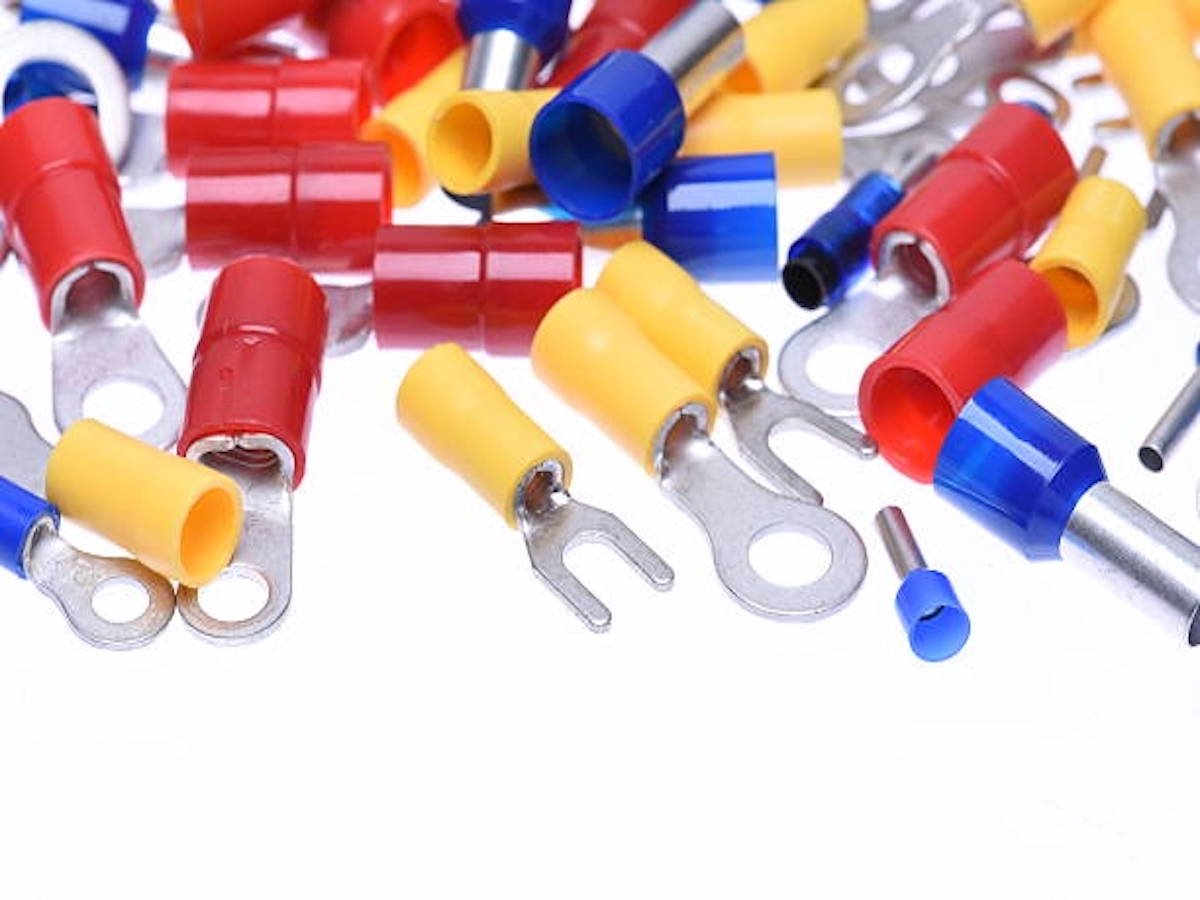The Importance of Terminal Connectors for Your Project
Terminal connectors are a crucial component in any electrical or electronic project. They provide a secure and reliable connection between wires or cables and various devices or components. Choosing the right terminal connectors is essential to ensure proper functionality, efficiency, and safety in your project. This article will guide you through the process of selecting the most suitable terminal connectors for your specific needs.
Understanding Different Types of Terminal Connectors
Before delving into the selection process, it is important to familiarize yourself with the various types of terminal connectors available. There are numerous options to choose from, including butt connectors, ring terminals, spade terminals, bullet connectors, and more. Each type has its own unique features and applications. Understanding these distinctions will help you make an informed decision.
Consider the Wire Size and Gauge
One of the key factors to consider when selecting terminal connectors is the wire size and gauge. The connector must be compatible with the size of the wire you are working with. Using an improperly sized connector can lead to poor connections, increased resistance, and potential damage to the wire or the device it is connected to. Always refer to the manufacturer's specifications and guidelines to ensure a proper match.
Assess the Current and Voltage Requirements
Another crucial aspect to consider is the current and voltage requirements of your project. Terminal connectors are designed to handle specific levels of electrical current and voltage. Exceeding these limits can result in overheating, melting, or even fire hazards. It is important to accurately determine the expected current and voltage in your project and choose terminal connectors that can safely handle those levels.
Consider the Environmental Conditions
The environmental conditions in which your project will be operating should also be taken into account when selecting terminal connectors. Factors such as temperature variations, moisture, chemicals, and vibrations can all affect the performance and durability of the connectors. Choose connectors that are designed to withstand the specific environmental conditions your project will be exposed to.
Assess the Termination Method
Terminal connectors can be attached to wires or cables through various termination methods, including crimping, soldering, or screwing. Each method has its own advantages and disadvantages. Crimping is a popular choice for its ease of use and reliability, while soldering provides a more permanent and secure connection. Consider the termination method that best suits your project requirements.
Choose the Right Material
The material used in the construction of terminal connectors plays a significant role in their reliability and longevity. Common materials include copper, brass, and aluminum. Copper is known for its excellent conductivity and corrosion resistance, making it a popular choice. Brass offers good conductivity and is more affordable than copper. Aluminum is lightweight but may require special considerations due to its lower conductivity.
Consider the Aesthetic Appeal
While not a crucial aspect, the aesthetic appeal of terminal connectors can be a consideration depending on the nature of your project. Some connectors come in different colors or finishes, allowing you to match them with the overall design or color scheme of your project. This can be particularly relevant in applications where the connectors are visible.
Ensure Compatibility with Tools and Equipment
When selecting terminal connectors, it is important to ensure compatibility with the tools and equipment you will be using. Different connectors may require specific crimping tools, soldering irons, or screwdrivers. Check the manufacturer's recommendations and verify that you have the necessary tools or can easily obtain them before making a final decision.
Consider the Cost and Availability
Lastly, consider the cost and availability of the terminal connectors you are considering. While it is important to prioritize quality and suitability for your project, it is also essential to stay within your budget and ensure that the connectors are readily available when you need them. Compare prices from different suppliers and factor in any additional costs, such as shipping or minimum order quantities.

